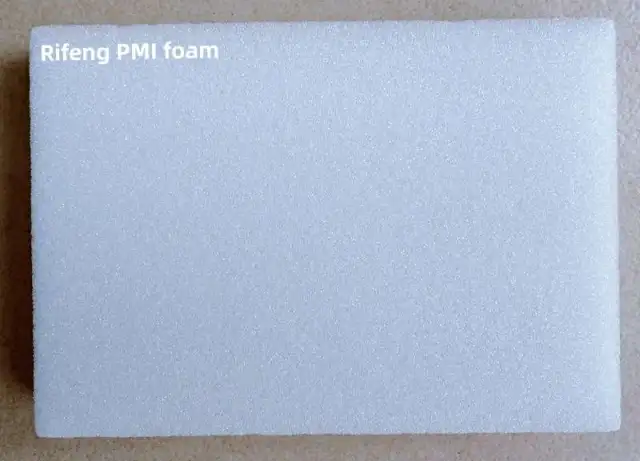The Future of PMI Foam: Trends and Innovations in Material Science
Table of contents:
Research and Development Efforts in Enhancing Foam Properties
Sustainability Initiatives: Eco-Friendly Foam Production Practices
Expanding Applications: Emerging Industries Utilizing PMI Foam
Expert Insights: Predictions for PMI Foam Advancements in the Next Decade
Research and Development Efforts in Enhancing Foam Properties
Innovation in PMI foam begins with continued research to refine its mechanical and thermal properties. Researchers are currently focusing on enhancing compressive strength, tensile resistance, and thermal stability to meet the needs of high-performance industries. For example, products like Rifeng W PMI Foam are engineered with fine cell structures to maximize durability while minimizing resin absorption during production processes like VARI and RTM. These advancements provide significant benefits for industries that demand lightweight yet durable materials, such as aerospace and automotive. PMI foam can now withstand curing temperatures of up to 180°C (after heat treatment) and pressures of 0.7 MPa, ensuring it remains versatile under extreme conditions. By investing in R&D to optimize these characteristics, PMI foam manufacturers are equipping industrial sectors with materials capable of pushing technological boundaries.
Sustainability Initiatives: Eco-Friendly Foam Production Practices
A growing emphasis on sustainability drives innovation in PMI foam manufacturing practices. With environmental concerns shaping consumer and industry preferences, Rifeng PMI Foam highlights its commitment to eco-friendly production. Its PMI structural foam, free of CFCs, signifies progress in reducing pollutants and harmful substances during the manufacturing process. Additionally, recycling efforts are gaining traction in PMI foam development. Researchers are exploring ways to repurpose used PMI foam, reducing the environmental footprint while extending the material’s lifecycle. These initiatives align with the global push for greener industrial practices, paving the way for PMI foam to play a significant role in sustainable engineering.
Expanding Applications: Emerging Industries Utilizing PMI Foam
PMI foam’s versatility is opening doors in emerging industries beyond its traditional use cases. While core industries like aerospace and wind turbine manufacturing continue to benefit from PMI foam’s exceptional properties, new applications are redefining its utility. For example, Rifeng PMI Foam is prominently used in UAV (unmanned aerial vehicle) production, radomes for telecommunications, and sports equipment. Its ability to improve stiffness, impact resistance, and weight efficiency makes it ideal for next-generation technologies in these fields. Additionally, PMI foam’s role in medical technology, such as X-ray and CT table tops, showcases its relevance in healthcare. These expanded use cases highlight the growing demand for lightweight structural materials across diverse sectors, and PMI foam manufacturers are rising to the challenge by customizing solutions for unique industrial needs.
Expert Insights: Predictions for PMI Foam Advancements in the Next Decade
Industry experts predict exciting developments in PMI foam over the next 10 years. With the rise of autonomous vehicles, renewable energy, and space exploration, PMI foam is expected to take center stage in enabling lightweight, high-strength components for these innovative applications. One major trend involves integrating PMI foam with AI-driven manufacturing processes. By incorporating advanced technologies, manufacturers like Rifeng PMI Foam could enhance precision and customization, delivering materials tailored to complex geometries and demanding specifications. From a sustainability perspective, expect breakthroughs in recyclable PMI foam solutions, further aligning with eco-conscious engineering practices. Experts also foresee greater adoption of PMI foam in areas like underwater buoyancy materials and advanced robotics, where its thermal resistance and mechanical strength provide clear advantages.
PMI foam’s remarkable qualities ensure its continued relevance in material science, supporting innovations across established and emerging industries alike. With cutting-edge advancements from leading PMI foam manufacturers such as Rifeng, its potential is far from being fully realized. Whether it’s aerospace, automotive, wind turbines, or advanced medical technology, PMI foam sets the standard for lightweight structural materials. To discover how Rifeng PMI Foam can support your business needs, explore the custom solutions available to enhance safety, efficiency, and sustainability in your projects.

Comments
Post a Comment